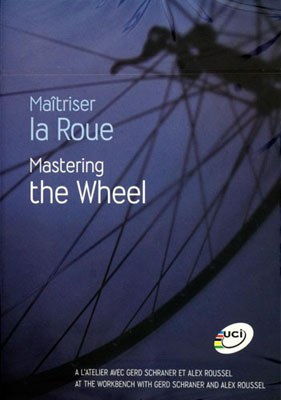Introduction: Fishing with a long rod is an art form that requires patience, precision, and a deep understanding of the water and fish behavior. Whether you are a beginner or an experienced angler, mastering the technique of using a long rod can significantly enhance your fishing experience. In this article, we will discuss various techniques and tips to help you make the most out of your long rod fishing adventures.
Choosing the Right Equipment: The first step in mastering long rod fishing is to choose the right equipment. Here are some essential factors to consider:
a. Rod Length: A long rod typically ranges from 9 to 12 feet in length. The longer the rod, the more distance you can cover, and the better you can feel the subtle movements of the fish.
b. Rod Type: Long rods can be either spinning or baitcasting. Spinning rods are more versatile and suitable for a wide range of fish species, while baitcasting rods are ideal for larger, more powerful fish.

c. Line Type: Choose a monofilament line with a suitable weight and strength. The line should be strong enough to handle the fish you are targeting and the environment you are fishing in.
d. Reel: Select a reel that is compatible with your rod and line. For long rod fishing, a reel with a smooth drag system is essential to handle the increased pressure from larger fish.
Proper Casting Technique: Casting is a crucial skill in long rod fishing. Here are some tips to improve your casting technique:
a. Practice Casting: Spend time practicing your casting technique in a calm environment before heading out to fish. This will help you develop muscle memory and improve your accuracy.
b. Pay Attention to Wind: Wind can significantly impact your casting. Learn to compensate for wind by adjusting your casting angle and force.
c. Use the Full Length of the Rod: Utilize the full length of the rod to increase casting distance and control. Begin your cast with the rod fully extended and finish with a smooth, controlled motion.
d. Keep Your Arm and Shoulder Stable: A stable casting motion is essential for accuracy. Keep your arm and shoulder firm and maintain a consistent rhythm.
Bait Selection and Presentation: Choosing the right bait and presenting it effectively is key to successful long rod fishing. Here are some tips:
a. Research Local Fish Species: Familiarize yourself with the fish species you are targeting and their preferred baits. This will help you choose the most effective bait for your fishing trip.
b. Natural and Realistic Presentation: Fish are more likely to bite when they perceive the bait as a natural prey. Use natural colors and shapes, and present the bait in a lifelike manner.
c. Experiment with Different Baits: Don't hesitate to try different baits and techniques. Sometimes, a slight variation in bait presentation can make a significant difference in your success rate.
Patience and Sensitivity: Long rod fishing often requires patience and a keen sense of sensitivity. Here are some tips to help you become more successful:
a. Wait for the Bite: Fish may take some time to respond to your bait. Be patient and wait for the fish to bite rather than constantly reeling in and out.
b. Feel the Line: Pay close attention to the subtle movements of your line. A sudden tap, pull, or change in tension can indicate a fish taking the bait.
c. Adjust Your Approach: If you are not getting bites, try changing your bait, casting technique, or location. Sometimes, it's a matter of fine-tuning your approach to match the fish's behavior.
Conclusion: Mastering the art of long rod fishing involves selecting the right equipment, mastering casting techniques, choosing the right bait, and developing patience and sensitivity. By following these tips and continuously practicing, you will enhance your skills and enjoy more successful fishing experiences. Remember, long rod fishing is not just about catching fish; it's about connecting with nature and experiencing the tranquility of the water. Happy fishing!












